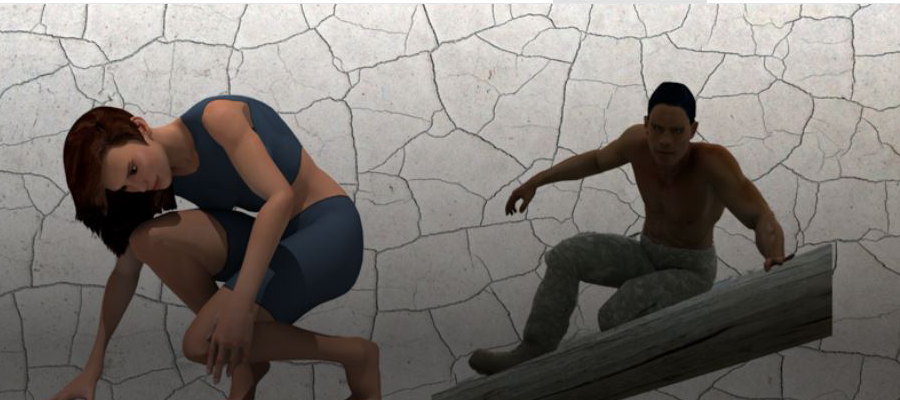Abstract
Weighted vest (WV) use has been explored as a modifier of jumping and landing performance in athletes, but it is unclear whether performance is modified with different WV loading arrangements. The purposes of this study were to (a) examine the effects of different external load arrangements on vertical jump height and lower-extremity biomechanics during a countermovement jump and (b) understand the effects on men versus women. A scaled musculoskeletal gait model in OpenSim was used with sagittal plane inverse kinematics procedures for 24 participants (75.71 ± 18.88 Kg; 1.71 ± 0.09 m) performing jump-landing in four weighted vest loading conditions (back-loaded, front-loaded, split-loaded, unloaded). Mixed-model factorial analyses of variance (α=0.05) and effect sizes (ES) were used to identify and quantify differences between sexes and loading conditions. Regardless of loading conditions, men showed greater jump height (p<0.001, ES=2.22) and greater hip (p<0.001, ES=1.59), and knee (p=0.026, ES=0.90) moments. No significant difference in the hip (p=0.478, ES=0.30) or knee (p=0.580, ES=0.23) angular displacement was observed between men and women. Without considering sex, the unloaded condition showed greater jump height (p<0.001, ES=0.4), hip displacement (p=0.006, ES=0.34), and hip (p=0.019, ES=0.36) and knee (p=0.004, ES=0.48) moments when compared to the back-loaded condition. Jump height (p=0.04, ES=0.1) and hip moments (p=0.028, ES=0.36) were also greater for the split-loaded compared to the back-loaded condition. Both the unloaded and split-loaded conditions showed greater jump height (p<0.001, ES=0.4; p<0.001, ES=0.3) and hip moments (p<0.001, ES=0.55; p=0.003, ES=0.35) compared with the front-loaded condition. A significantly greater magnitude of the hip displacement was detected for the split-loaded condition compared to the front-loaded condition (p<0.001, ES=0.19). These results indicate that different external loading arrangements significantly affect the biomechanical performance output and a difference in the load accommodation strategy between men and women during the weighting, unweighting, breaking, and propulsion phases of jumping.
Keywords: countermovement jump, weighted vest, jump height, biomechanics
How to Cite:
Baus, J. & Harry, J. & Yang, J., (2022) “Effects of sex and weighted vest load arrangements on lower biomechanics and jump height during countermovement jump”, Proceedings of the 7th International Digital Human Modeling Symposium 7(1): 17, 8 pages. doi: https://doi.org/10.17077/dhm.31763
Rights: Copyright © 2022 the author(s)
Downloads:
Download PDF
View
PDF

